5 Reasons to Switch to Zero Waste Period Products

This post first appeared in our weekly Make Waves Mondays email series on July 5, 2021.
Hello, friend! It’s officially Plastic Free July! How is PFJ going for you so far?
On July 1, I was feeling super stressed, so I went to the little grocery store down the street and got some delicious potato salad. It wasn’t until I got home, cracked it open and scarfed down my first two bites that I realized it was in a plastic clamshell...and it was the first day of Plastic Free July.
Here’s the thing. We can’t be perfectly zero waste. It doesn’t exist. And sometimes plastic takes a backseat to our mental, physical, emotional, or even financial health needs. And that’s okay!
It’s all about rethinking our consumption habits as a whole, recognizing how plastic affects ecosystems, climate change, and people (more on that later this month!), and always doing what we can, when we can, where we can.
If you haven’t yet started your Plastic Free July challenge, it’s never too late! Head over to the Plastic Free EcoChallenge and join the Community Team with me! My chosen actions for the month are to do a waste audit, contact my representatives, and learn about environmental injustice.
(Oh and PS, we’re an in-kind sponsor of the EcoChallenge again this year, so once you start racking up some points, you’ll automatically get a little surprise from A Drop in the Ocean to celebrate you and your successes 🥳)
Now, onto the focus of our plastic-free wave-making this week...sustainable and low waste periods.
Every month, menstruating humans shell out buku bucks for period essentials that we’re just going to throw away three hours later. And those period products are simply not good for our bodies or for the planet.
Here’s how we can solve that.
Reusable, zero waste period products.

If you’re unfamiliar with zero waste period products, the idea can seem a little...well, gross, at first.
I remember being so intrigued by the idea of reusable period products when I started going zero waste, but still so on the fence. There also weren’t as many options available at the time, which made it so much harder to make the switch.
When I did finally switch, I opted for cloth pads. They were great for a couple years, but over time I just wasn’t feeling it anymore. The extra bulk just wasn’t for me.
So last summer I switched to zero waste period underwear and lemme tell ya, my friend…
Game. CHANGER.
For the first time in my life, I actually said the words “I’m excited to get my period,” because I couldn’t wait to try them out. I kid you not. I have the emails to prove it:


So if you’re tired of shelling out your hard-earned dough on toxic products for our most sensitive of areas that are destined to live in a landfill forever, here are five reasons I love reusable period products, and why you will, too.
Real quick note (and maybe a little TMI, but we’re all friends here, right?): In case I haven’t been overly obvious with this yet, I love period undies. They are my go-to sustainable period product, and hands-down my second-favorite zero waste swap ever, right behind my stainless steel safety razor.
I don’t use a menstrual cup personally, simply because I’m too grossed out by my own anatomy to put it in. But I have so many people in my life that SWEAR by menstrual cups for all of the reasons I’m about to lay out - and one of these days I WILL work up the guts to give it a shot 😂 I just want to be super transparent with you that I haven’t personally tried a cup (it’s one of the very few things in the shop I don’t use personally), but I still stand by them 100%.
This is also what’s so great about the zero waste movement right now - there are so many options for everyone!
Okay, let’s dive in.
Convenience
We’ve all been there. The last minute CVS run. The ever-so-sly hand-off from a coworker. The panic of realizing your partner did the shopping and you forgot to add tampons to the list.
Imagine never experiencing any of that again. The simplicity that has come with knowing that I’m always prepared is unmatched. If period undies are your swap of choice, as long as you’ve done the laundry since your last period, you’re ready to go. If a menstrual cup is more your jam, just gotta sanitize it between cycles. Easy peasy.
Comfort
This one is huge for me. How many times have I put a tampon in juuuust a little wrong and didn't realize it right away then and I’m left fidgeting in my chair for the next few hours (because ain’t no way I’m wasting a tampon - those things are expensive!)?
Or what about the bulk of wearing a pad or a liner? Working out with a pad? Ha. Nope.
There have legitimately been days that I forgot I was on my period for long stretches of time because my period undies are so comfortable, and feel just like my regular undies. No more bulk, no more strings, no more discomfort.
I’ve even heard anecdotally that menstrual cups help ease cramps! That right there is enough of a reason for me to really want to give them a shot.
Health
Toxic Shock Syndrome
Have you ever actually thought about how insane it is that we’re telling young girls to use a product that can cause something as serious as Toxic Shock Syndrome?? And that we all just accept Toxic Shock Syndrome as a normal risk of life??
Ah, the joys of being woman.
It truly boggles the mind that we experience this cycle every single month for 40-ish years, have to pay extra taxes on traditional products for it (#smashthepatriarchy), and just ACCEPT that the products we use could put us in a toxic shock.
Yes, it’s super rare. But still.
What are tampons and pads made of?
Tampons are made from a mix of cotton and rayon.
Cotton is one of the most insecticide-heavy crops, and rayon is made from wood pulp that requires lots of processing to become a synthetic fiber.
Tampons are no longer bleached with chlorine gas, which is great, but because of the entire production process, there can still be trace levels of dioxins - a super toxic chemical - in tampons. These levels are considered safe by the FDA, which is important to note, but our vaginas are crazy-easily permeable, so the less risk of any sort of chemical absorption, the better.
This is also why we should always avoid scented period products. Fragrances are a no-go.
Pads are basically 100% plastic. The top layer is polypropylene, the inner layers are Super Absorbent Polymer (SAP), and the backing is polyethylene.
In 2019, two studies found dozens of endocrine-disrupting chemicals in menstrual products, including phthalates, parabens, and bisphenols. Oh and New York is currently the only state that actually requires clear ingredients labels on period products. So...that’s cool. *eye roll*
So, uh, yeah...I’m gonna stay away from all that.

Waste
Of course, I can’t not talk about the waste associated with disposable period products.
Over the course of our lifetimes, we’ll throw away somewhere between 5,000 and 15,000 disposable period products. Over the course of a single year, about 19 billion pads and tampons are thrown away.
That’s more than 41 million pounds of menstrual products in landfills - every single year. (I mean...think about how lightweight a tampon is. That’s insanity.)
A single menstrual cup can last up to ten years, and a pair of period undies about 2-3 (I’d be willing to bet they’ll last longer than that, but since I haven’t had mine long enough to know, I’m going off of Google results here. But I mean, let’s be real, I have undies that are at least 8 years old...).
Now let’s say you use 4 tampons a day and your period lasts 4 days. That’s 16 tampons every month. Swap them for a menstrual cup and you’ll save 1,920 tampons over the course of that cup’s life. That’s huge for the planet! (And, of course, your body.)
Although neither swap lasts forever, over the course of their lifetimes they’re going to save so. much. waste. And that’s what we’re all about, right? Small changes that make a big impact.
Money
Let’s be real, reusable period products have a higher upfront cost than disposable. And that upfront cost can be intimidating. I know it was for me.
But over the course of their lifetime, those reusables are going to save us so much money.
Studies show that the average woman spends about $9 per cycle. Over the course of ten years (yes, several assumptions are made here), that’s about $432 in disposable period products.
Alternatively, a single menstrual cup costs just $34, or $52 for a duo-pack.
Or, four pairs of period undies is about $122. Even replacing them every three years, that’s still less than disposables, at around $367.
Take into consideration the time, the health benefits, and the waste, that pro list is looking a whole lot better than the con list.

In summary...are reusable period products for me?
I’m gonna give a big resounding “YES!” to this question. Whether you’re ready to go all-in or just dip your toes in, there’s an easier way to have a period.
And if the up-front investment is what’s holding you back, like it was for me for so long, know that I wish I'd taken the leap sooner because it has been so worthwhile. You can even use your health savings or flexible spending accounts for period products now - and they’re all tax-free 💙 So-long, pink tax!
Sustainable periods should be the norm. Let’s make it happen.
What questions do you have about reusable period products? Comment below or head on over to the EcoWarrior Pod and ask! Chances are, others have the same question, so the Pod is a great place to ask!
I hope you have a wonderful week, friend, and I’ll see you again next week. Same time, same place.
Sources + Additional Reading:
EWG: Endocrine-Disrupting Chemicals Found in Menstrual and Genital Care Products
FDA: The facts on tampons
Goop: Are tampons toxic?
New York State: First-in-the-Nation Law Requires Ingredient Labels on Menstrual Products
Shop Ethical: Cotton & Pesticides
Technical Textile: An Overview On Sanitary Napkins
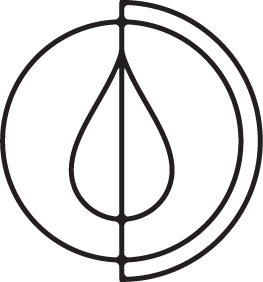

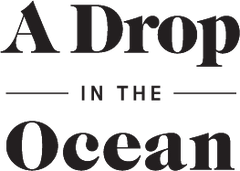




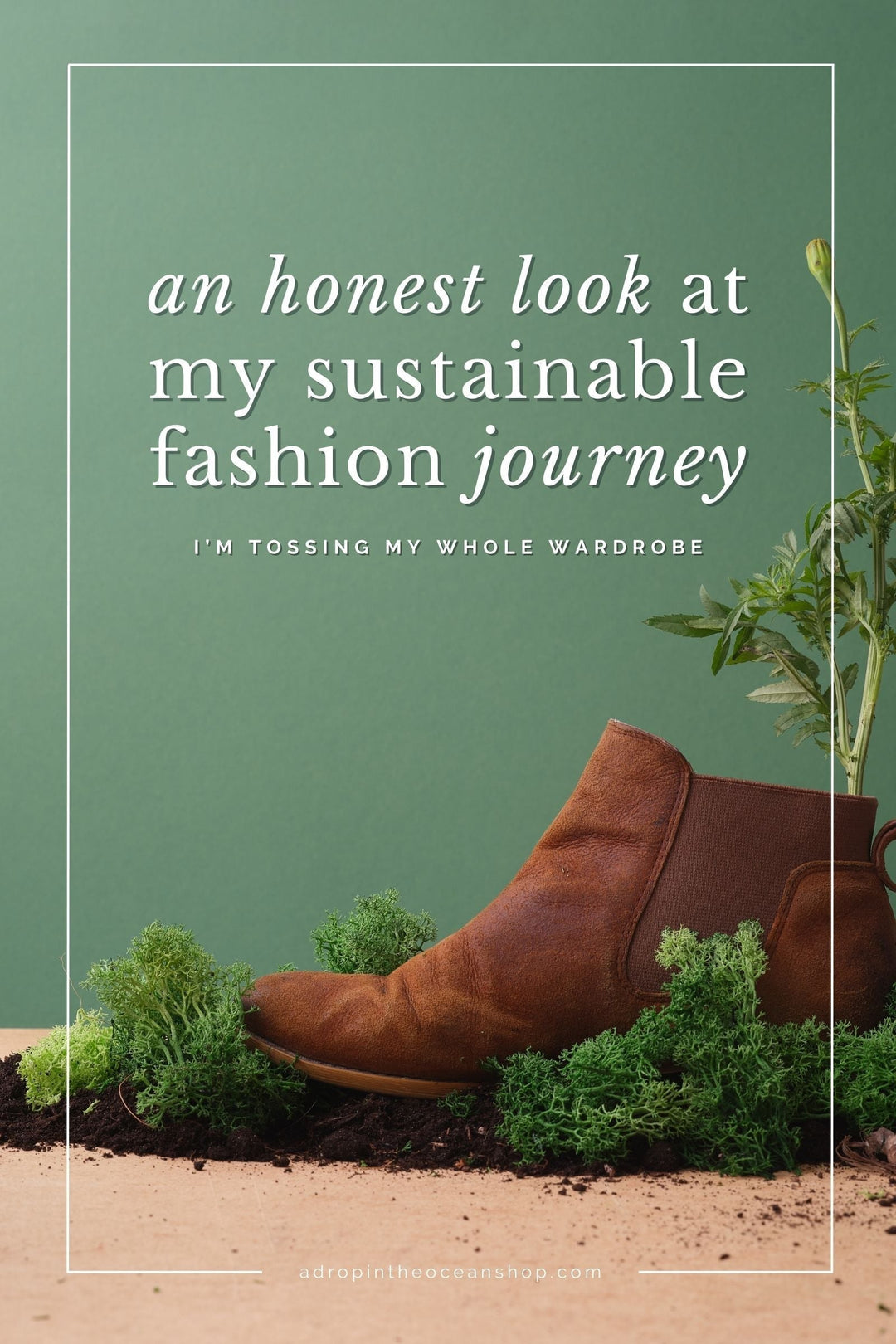
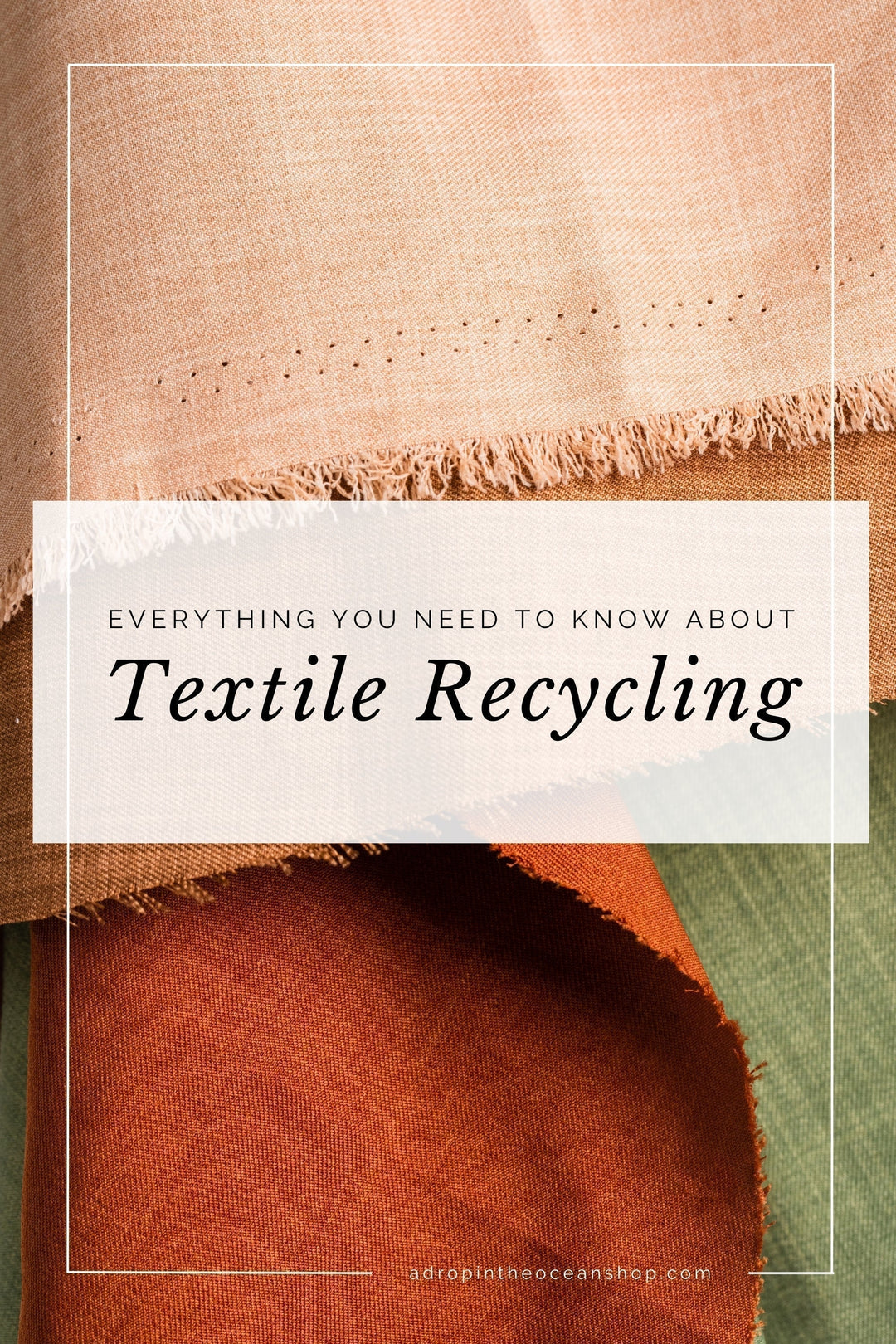
Leave a comment